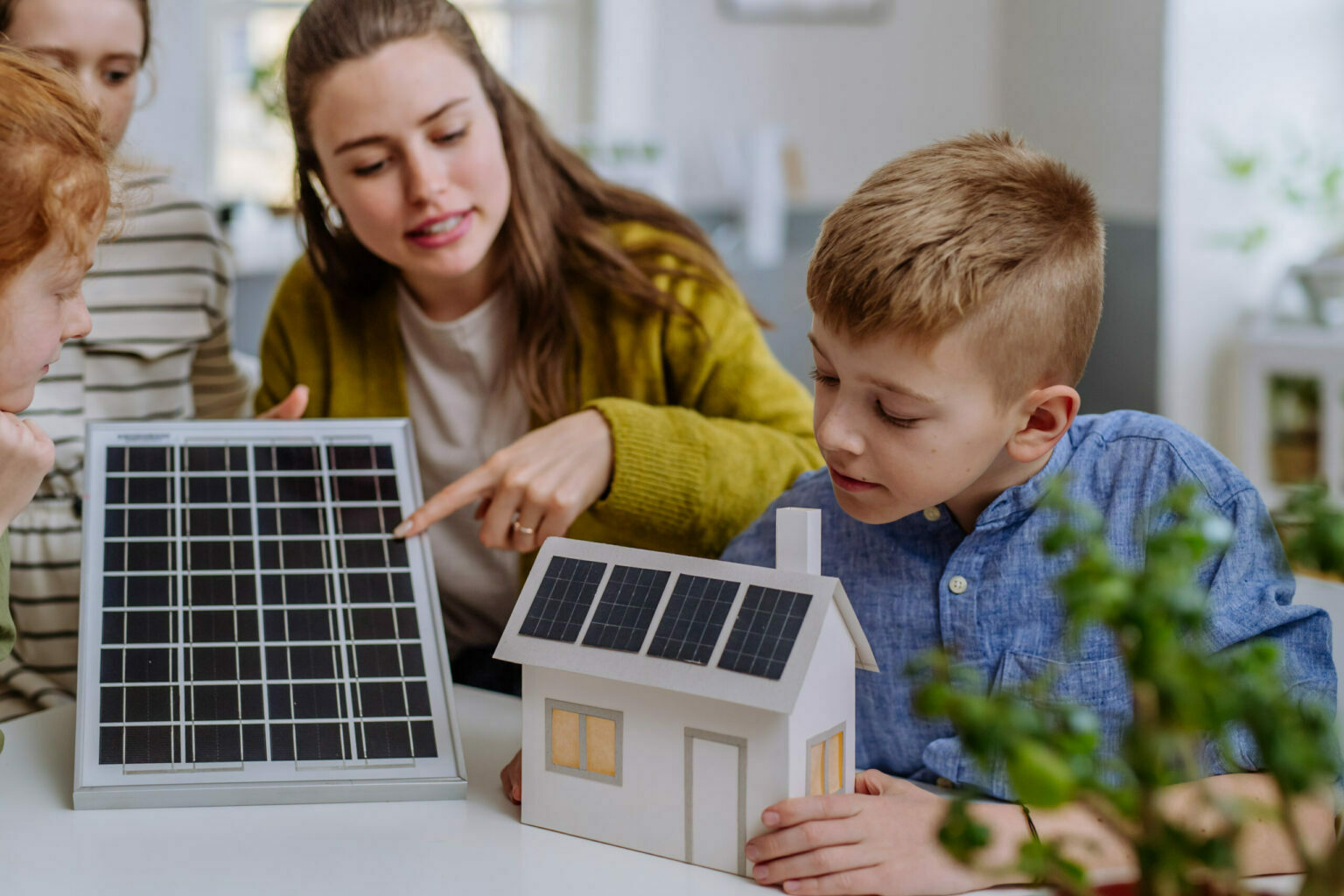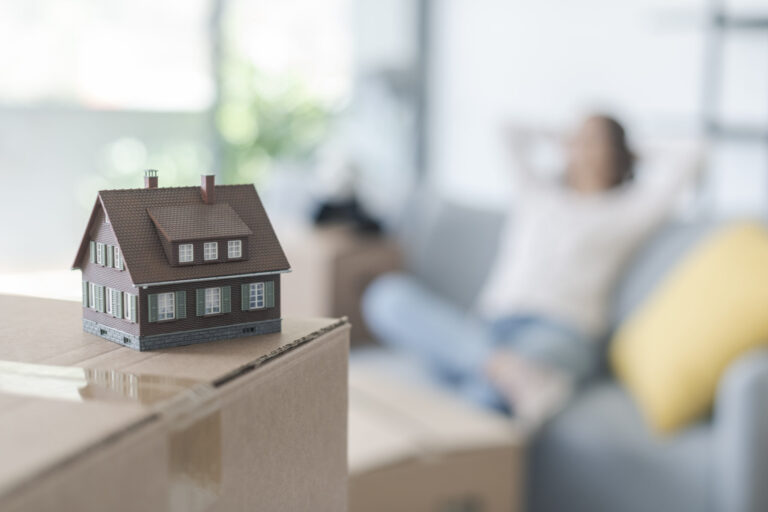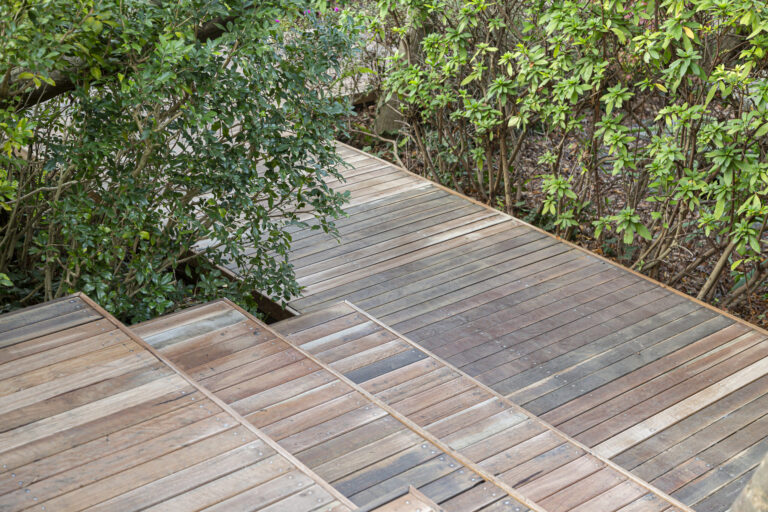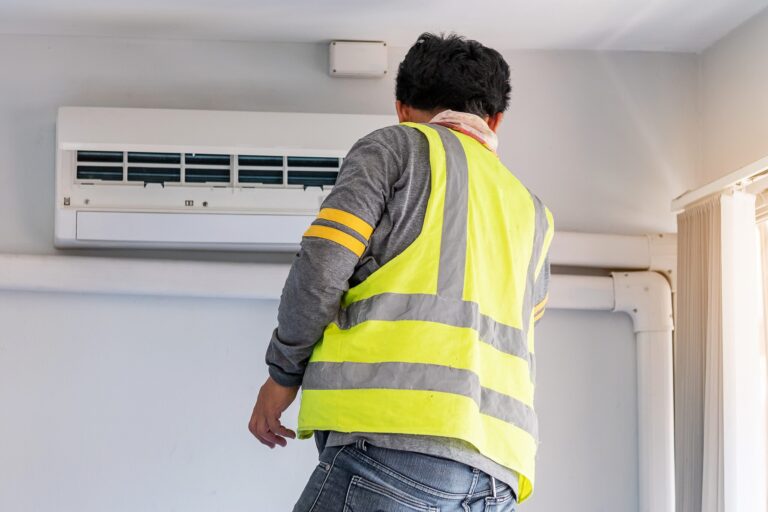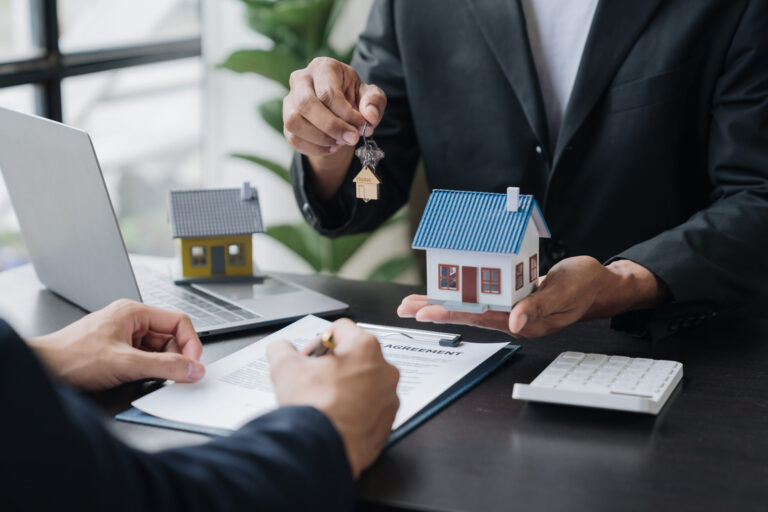There’s no doubt that investing in an energy-efficient home can have a major impact on both the environment and your finances. By reducing your energy consumption and relying on renewable energy sources, you’re not only doing your part to protect the environment, but you’re also saving money on your utility bills. Eco-friendly features can also raise the value of your home, as they will be attractive to potential buyers if you ever decide to sell. However, many homeowners find the prospect daunting and don’t know what to do or where to start. If you’re in need of advice, keep reading for some valuable tips for creating an energy-efficient home.
What are some tips for creating an energy-efficient home?
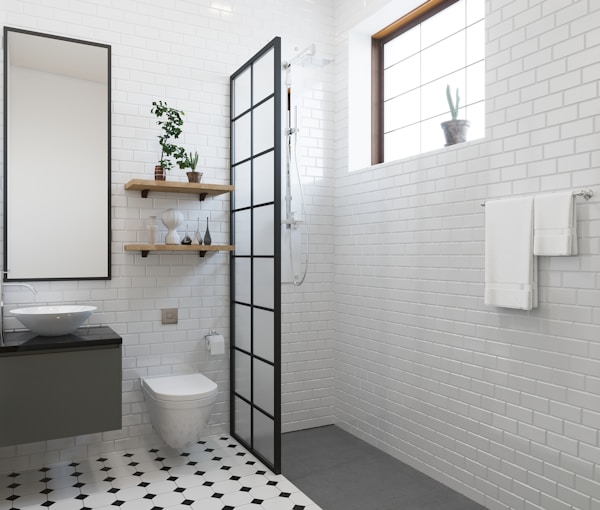
Upgrading your bathroom with energy-efficient features saves you money and reduces your carbon footprint. One way to make your bathroom more energy-efficient is by installing low-flow fixtures like a new shower. These fixtures are designed to use less water without sacrificing performance. You should replace bathroom windows with energy-efficient ones too to maintain comfort year-round. A contractor, like this one that offers Oklahoma City bathroom remodeling, can work with you to create a plan for your bathroom remodel.
Proper insulation is one of the most effective ways to make your home more energy efficient. Insulation is a material that reduces heat transfer between two areas with different temperatures. A well-insulated home reduces the amount of heat that escapes during winter and the amount of heat that enters during summer. This means that your home will be more comfortable to live in, and you’ll save money on your energy bills. When your home requires additional energy consumption, it results in higher emissions of greenhouse gases, which contributes to global warming.
Newer HVAC systems are designed to use less energy while still keeping your home at an ideal temperature, which is why upgrading is a good idea. This means that your home will require less energy to maintain your preferred temperature, resulting in lower utility bills and improved efficiency. Trusted HVAC professionals, like the experts at Burnworth’s AC, can inspect your system and make recommendations for repair or replacement.
How else can you go green at home?
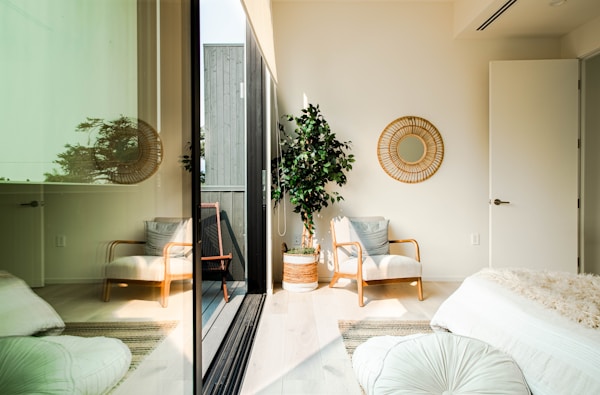
Now that you have a better idea of how to create an energy-efficient home, let’s talk about some of the other ways that you can go green. For example, you should make an effort to introduce more natural light into your home. Maximizing the amount of natural light in your home can help reduce your energy consumption. Sunlight can make also your space appear more vibrant, bright, and welcoming. Open up curtains and blinds during the day to let in sunlight, and use light-colored paint and reflective surfaces to make the most of natural light.
Your home will still likely need lighting beyond just natural light, but you should switch to using LED bulbs instead of traditional light bulbs. LED lights are much more energy-efficient than traditional incandescent light bulbs. They last longer and use less energy while producing the same amount of light, which means you can save money on your energy bills over time. They also have a lower environmental impact, as they do not contain harmful substances such as mercury and lead. You can even find them in a wide range of designs and colors.
Creating an energy-efficient home is an excellent decision both in terms of financial benefits and sustainable living. It is a long-term investment that results in significant savings and has a positive effect on the environment. By making changes to your home’s energy efficiency, you save money and increase the value of your home. Some home improvement projects to consider include bathroom remodeling, upgrading your air conditioner, and boosting insulation. You can also introduce more natural light into your home and transition to LED bulbs. Follow these tips and you’ll have a beautiful, green home to enjoy with your family.

